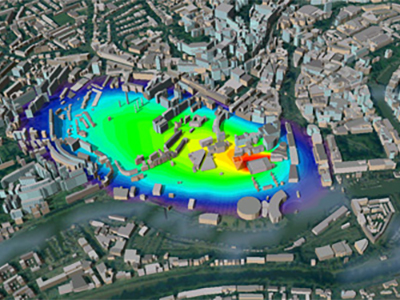Operating in CBRN Environments

Enabling the joint force to operate safely and effectively in contested chemical, biological, radiological and nuclear (CBRN) threat environments.
‘Chemical, biological, radiological and nuclear defence is undergoing a global transformation as it adapts to the challenge of multi-threat scenarios. Modern forces need to be equipped to operate within chemical, biological, radiological and nuclear and toxic industrial material threat environments.’
— VCDF Directive 04/2019
Context
The threat of CBRN attacks against military forces and civilian populations is growing. State and non-state actors are increasingly willing to use these indiscriminate methods, and knowledge of CBR agent manufacturing processes is proliferating. The ADF has the ability to survive the surprise created by CBRN weapons and improvised CBR devices, but there is a need to do more.
Our forces must be able to respond faster and more flexibly to CBRN events; achieve enhanced situational awareness; and manoeuvre safely, effectively and unimpeded in complex contaminated environments for prolonged periods of time.
Opportunities
- Fast and accurate detection, identification, source localisation and monitoring of low concentrations of CBR agents at long stand-off distances and over large expanses of complex terrain.
- Near real-time integrated and multi-domain threat prediction, warning and reporting that is interoperable with coalition partner and civilian systems.
- Effective CBRN protection for individuals, groups, assets and supply chains that does not impede ADF taskforce operations and freedom of manoeuvre.
- Fast and effective containment of CBRN threats.
- Rapid and efficient decontamination of affected people, sensitive equipment, platforms and infrastructure.
- Significantly enhanced human resilience to exposure and exhaustion.

